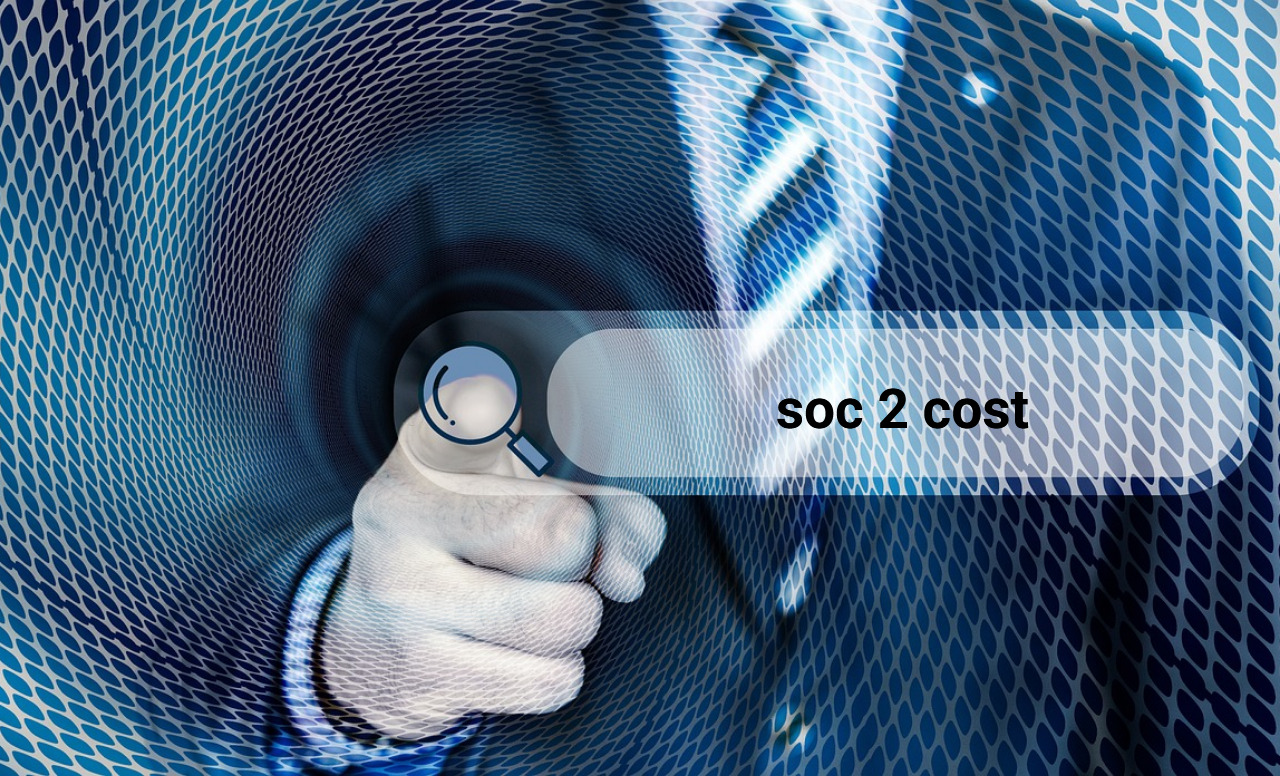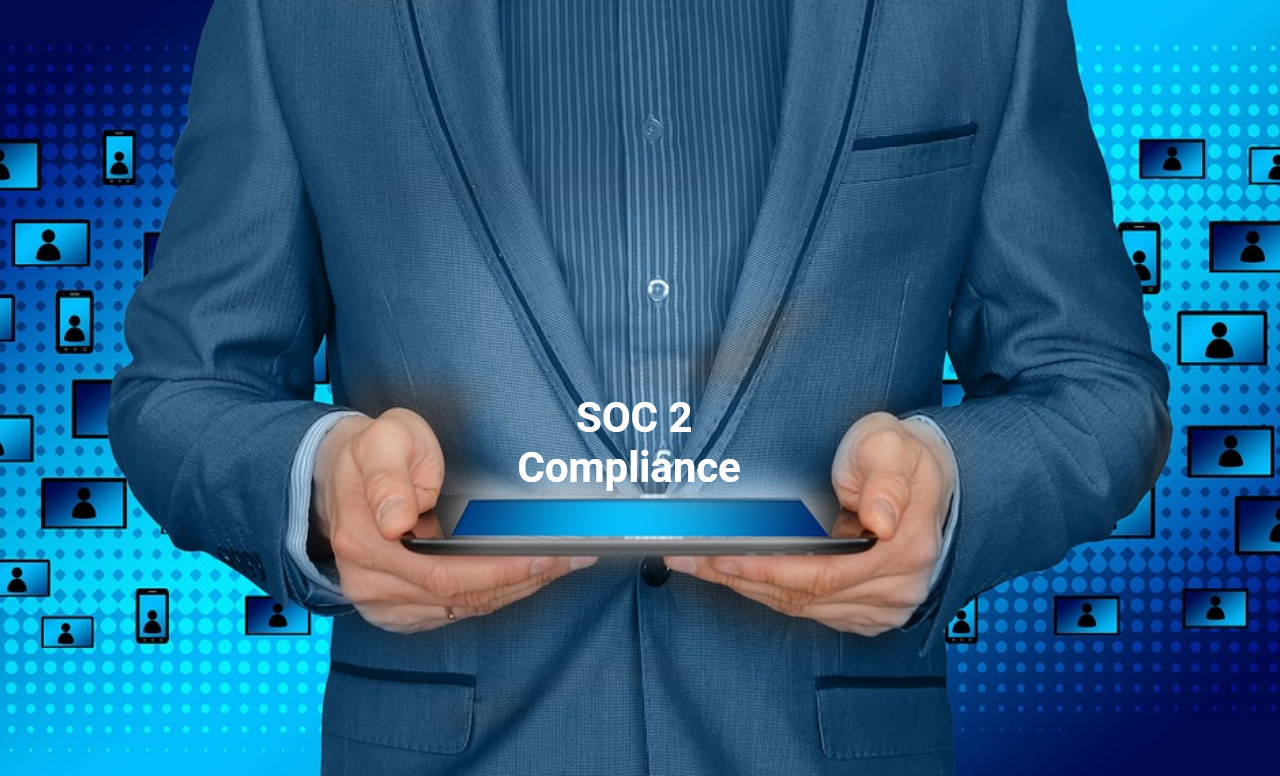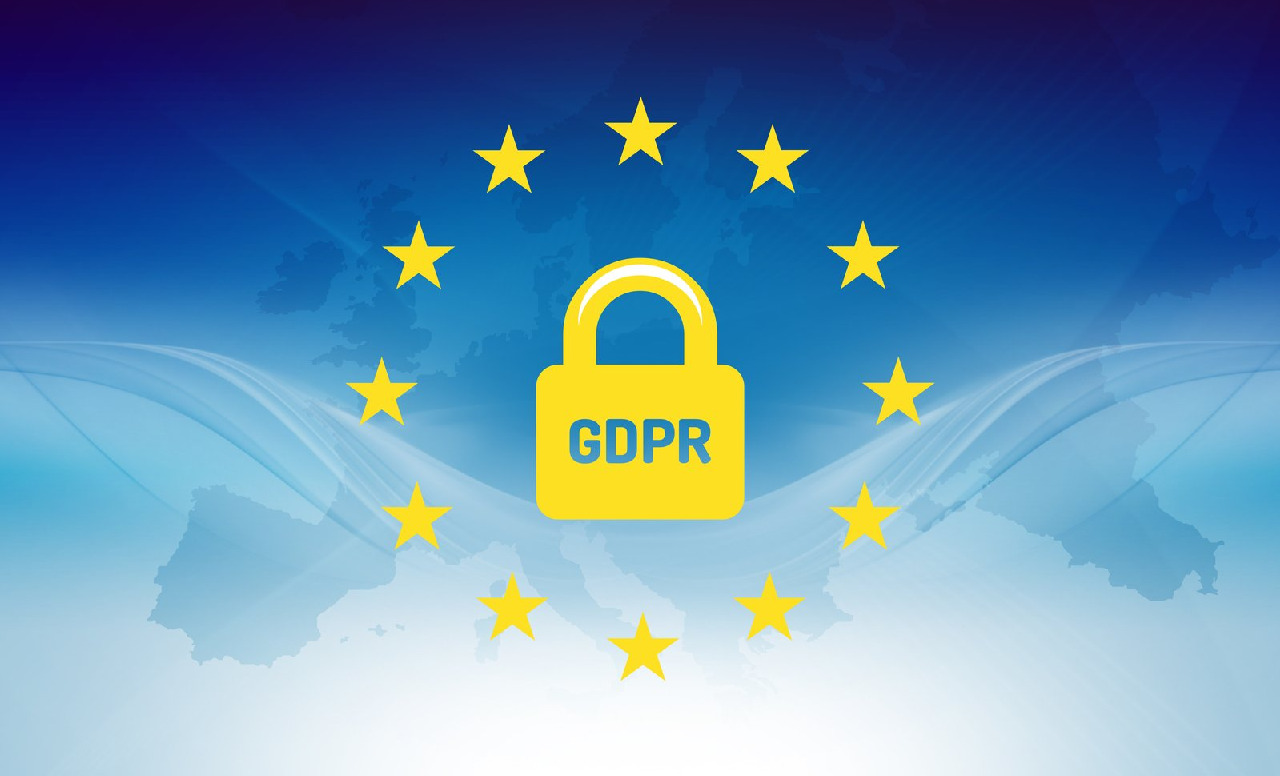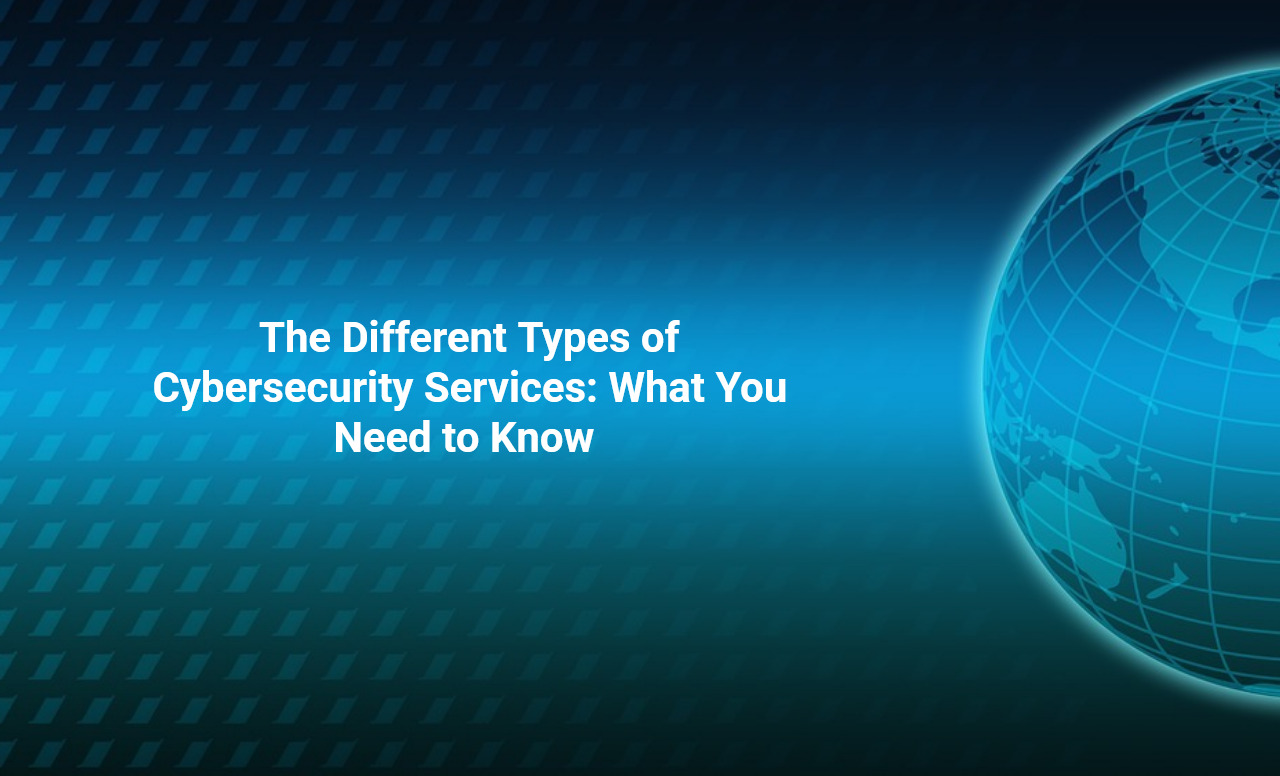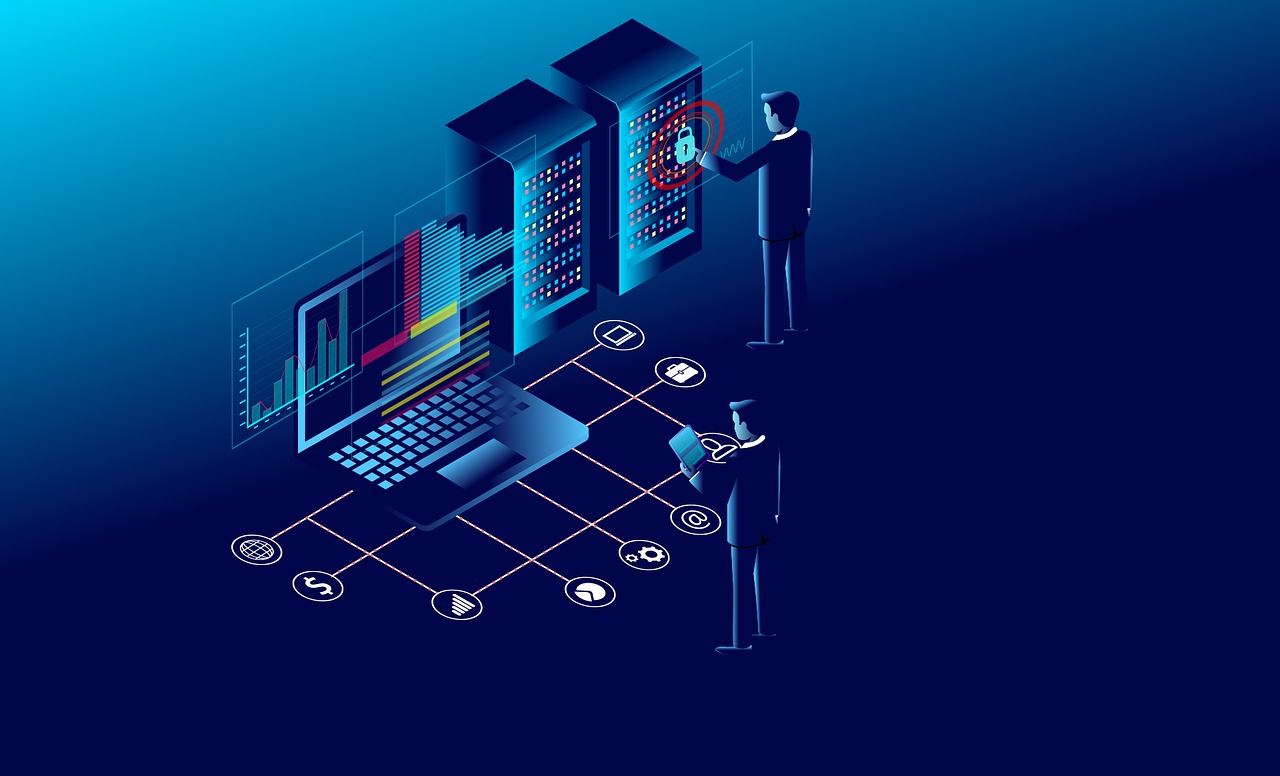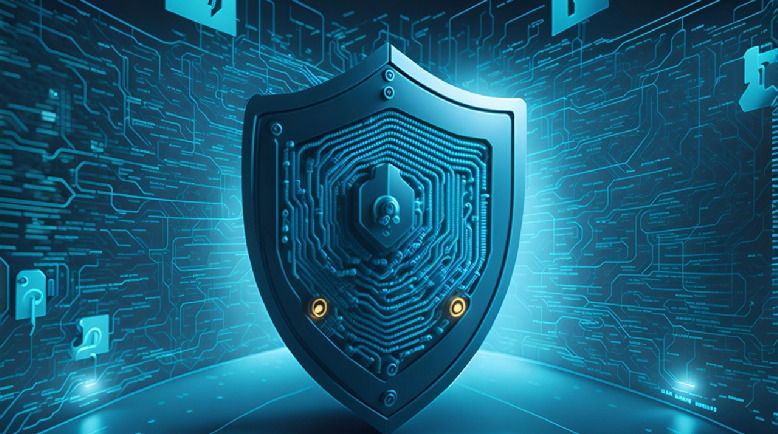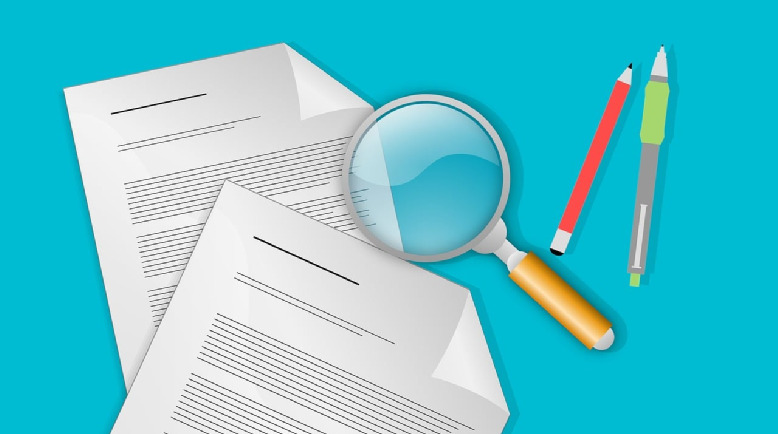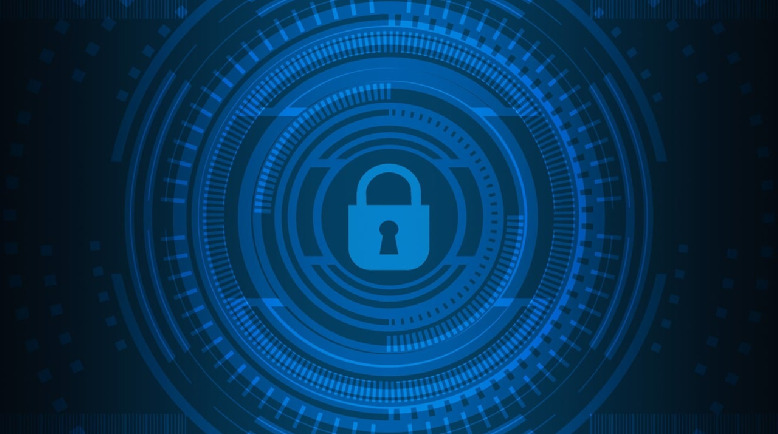Businesses require sound security measures to safeguard their customers’ information. This is where getting SOC 2 certification is significant. It displays your commitment to the security of data. Read on to learn more. Understanding SOC 2 Type 1 This looks at how a company protects data at a single point in time. The certification checks if security measures are set up correctly on the day of assessment. Companies can complete this process in a few weeks. A Type 1 report gives a clear picture of security controls on the assessment date. Many businesses choose this option when they want to quickly prove their security setup. This helps them show clients they care about protecting data. Understanding SOC 2 Type 2 This takes a deeper look at how well security measures work over time. This type watches security controls for six months to a year. Since it takes longer to complete, the SOC 2 cost for Type 2 is higher than Type 1. Type 2 shows how security controls perform in everyday business situations. Auditors watch and record how these controls work during the entire test period. This helps find any problems with the security setup. Key Differences Between Them The main difference between these types is how long they take and how deep they check. Type 1 checks security once while Type 2 watches it work over time. Type 2 needs more work but gives better proof that security measures work well. Type 1 works well for businesses that need to prove their security quickly. New companies often start with Type 1 certification. It gives them a good starting point before moving to Type 2. However, the SOC 2 cost of the certification varies depending on the type of certification required. Type 2 proves that security measures keep working well as time passes. Companies that handle private data should think about getting Type 2 certified. The long testing period makes clients feel more confident about working together. Both of the types need testing by certified accountants who understand security standards. Businesses should pick the type that fits their needs and timeline. Each type helps meet different business goals. Conclusion Choosing between SOC 2 Type 1 and Type 2 depends on what a business needs. Think about how long the company has been running and what clients want. Type 1 helps prove security quickly, while Type 2 shows security stays strong over time. SOC 2-AICPA makes getting SOC 2 certification easier with smart software tools. Their system helps businesses manage security requirements without extra work.
What is SOC 2 Compliance and Why Does Your Business Need It?
Businesses face unexpected data security challenges. It is important for businesses to protect sensitive information to maintain client trust and a competitive edge. SOC 2 compliance consultancy in US offers a critical solution to businesses that want robust security frameworks and detailed data protection strategies. Before proceeding further, it is important to know about the SOC 2 compliance. What is SOC 2 compliance? The SOC 2 compliance is a cybersecurity framework that guarantees to help businesses manage customers’ data securely. This compliance is introduced by the American Institute of Certified Public Accountants (AICPA). It evaluates businesses’ security controls across five key criteria. These criteria include security, availability, processing integrity, confidentiality, and privacy. Now, read on to know the reasons that make this compliance important for businesses. ● Enhanced Client TrustClients demand proof of robust security measures. SOC 2 certification demonstrates the commitment of an organization to protect sensitive data. It works as evidence of professional responsibility and builds confidence among stakeholders, partners, and customers. ● Competitive Market AdvantageBusinesses with SOC 2 certification stand out in the United States markets. Many clients prefer businesses with proven security credentials. This certification becomes a powerful differentiator, enabling businesses to win contracts and attract security-conscious customers. ● Risk MitigationWith a SOC 2, a business can identify and address potential security risks easily. The comprehensive audit process identifies hidden risks and offers strategies to overcome them. Businesses can proactively strengthen their security systems, preventing any potential data risk. ● Regulatory ComplianceThe certification helps businesses meet all the industry regulations in the US. SOC 2 helps businesses meet complex data protection standards across different sectors. It provides a structured framework for implementing robust security controls and practices. Businesses should seek a reliable SOC 2 compliance consultancy in the US to help them meet all industry standards. ● Continuous EnhancementSOC 2 compliance is not just an achievement. It requires continuous improvement for security excellence. The process encourages businesses and organizations to continuously evaluate and improve their security protocols and technological infrastructure. A reliable SOC 2 compliance consultancy in the US provides end-to-end support so that businesses gain SOC 2 compliance. All in all, SOC 2 is a strategic investment in data protection. Businesses that focus on security gain a significant advantage in the present digital landscape. By implementing comprehensive security measures, businesses can gain trust and resilience. By seeking help from Soc2 compliance consultancy in the US, businesses can experience how their business transforms. Secure your business with SOC 2-AICPA. They are the most trusted SOC 2 compliance consultancy in the US. They offer expert compliance solutions customized to protect your data. Make your business safe with SOC 2 AICPA’s compliance solutions.
How to Handle Data Breaches Under GDPR: A Comprehensive Guide
The General Data Protection Regulation (GDPR) provides tough laws for data protection and handling of breaches. Business organizations based in the US that deal with data of EU citizens have to meet GDPR requirements to avoid severe repercussions. Here is a step-by-step guide towards efficiently walking through the disaster management of data breaches. Recognize a Data Breach The early detection of the breach is very important for sophisticated breach management. The systems must be monitored often to detect the breach early enough. Activate Your Incident Response Plan It is desirable to act adequately by having a specific structured plan taken in advance. This plan should include roles, risk management strategies, and how communication should be done. Form a team that would ensure proper handling of the breach. Evaluate in terms of coverage and effects. First and foremost, it is necessary to assess the scope of the considered violation and determine the lost data, as well as the possible consequences. Decide if the rights and freedom of an individual are affected in a significant way, in which case notification is necessary. Notify the incident within 72 hours. GDPR compliance in US requires that where data breaches are serious or involve high risk to the rights and freedoms of individuals, these shall be notified to the respective DPA within 72 hours of their assessment. Describe features of the breach, the kind of data compromised, and whether and how data was defended. Failure to report late leads to penalties. Control the Risks and Stop the Leakage Immediately initiate action to lock down computers, address any open ports, and avoid further infection. A deep investigation ought to be performed to establish the cause of the problem and bring permanent solutions in terms of security. Document Every Step Document any activity pertaining to the violation identification and its management or prevention according to the GDPR compliance in the US. Documentation is of significance to show that procedures are being followed during audits and enhances future replies. Security After the Incident Following the breach resolution, determine areas that may have been overlooked in the handling of the breach. Correct security policies, improve staff education, and put advanced technologies to avoid future threats into practice. Deeper Focus on GDPR for the US American entrepreneurs need to pay more attention to GDPR by introducing efficient data protection strategies, periodic assessment of data security standards, and consulting. Compliance requirements are an effective way to avoid any risks, whereas gaining customers’ trust is a crucial goal. SOC2-AICPA focuses on cybersecurity services, providing threat identification, threat management, and compliance with regulatory standards for shielding digital and privacy data against emerging cybercrimes.
The Different Types of Cybersecurity Services: What You Need to Know
It is well known that in the modern world the problem of cyber threats is acute. No one is safe; be it a startup company or a multinational one, it is fair game. What companies can do is get cybersecurity services from cyber security services providers that deal with these risks. Recognizing what the various cybersecurity services are will assist you in making the right choices for your company and protecting your systems. Why Should You Choose Professional Cybersecurity Services? In fact, there is no single solution to cybersecurity. It needs a specific strategy to deal with certain risks. Working with professional cybersecurity services providers is possible to have reliable protection, timely threat’ identification, and adherence to the legislation. These services are critical to the reputation and functionality of your business. Major Categories of Cyber Security Services 1. Managed Security ServicesThese services also provide round-the-clock surveillance of your IT systems. There are sophisticated instruments, which are employed by providers to identify potential risks and counter them in real time. Managed security is best suited for organizations that have no internal IT security personnel. 2. Risk Analysis and Risk MitigationThis service helps to learn the weaknesses of the existing systems and approaches. Providers give specific advice on how to avoid the risks. That is a preventive measure to ensure you do not lose important information and working time. 3. Incident Response and RecoveryAlas, no matter how much one prepares, one can be hit by a cyber attack. Incident response services help to contain the problem and restore the system as fast as possible. While achieving high levels of availability, providers reduce the time and aid in the restoration of normalcy. 4. Compliance SupportAdherence to the rules is important and important for businesses, particularly healthcare and financial services. Businesses are directed through providers on how to achieve compliance with standards such as GDPR, HIPAA, and SOC 2 in order to avoid penalties. How to choose the right provider. The correct choice of the cybersecurity services provider is critical. Look for these qualities: Experience: Select those providers that have worked with your kind of business before. Comprehensive Solutions: Select those providers who offer a complete package of services. Scalability: Make sure the changes to their services are compatible with the growth of the business. Customer Support: Having reliable support means getting help as soon as one is needed. Invest in Cybersecurity Today It’s no longer a luxury to be secure online; it is a necessity. If you collaborate with reliable cybersecurity services providers, then you will be shielded from threats, your customers’ trust will remain intact, and you will out compete cyber criminals. Do not neglect any service today if you want to have a good future investment.
How to Choose the Right SOC 2 Trust Service Criteria for Your Organization
In an era where data security is paramount, SOC 2 implementation and attestation provide organizations with a framework to ensure data protection and operational reliability. Choosing the right TSCs is the main key to ensuring that your compliance strategy addresses your exact requirements. It will guide you through the process of how to make the right decision for your organization. What exactly are SOC 2 Trust Service Criteria? SOC 2 Trust Service Criteria are guidelines that are used to build up SOC 2. They assist organizations in achieving good data security and system stability. These criteria include: Security: Prevents intrusion by unauthorized individuals. Availability: Keeps systems ready for use when they are required. Processing Integrity: Checks that systems handle data correctly. Confidentiality: Protects confidential information. Privacy: Observes policies concerning the protection of personal data. Organizations decide on appropriate criteria according to the nature of the company, the tasks it performs, and the clients it serves. Guidelines for Choosing the Right SOC 2 Criteria 1. Understand Your OperationsThus, you will need to scrutinize your operations in order to discover which of the criteria is most pertinent. For instance, SaaS providers will have security and availability as more important attributes than financial institutions that consider confidentiality and processing integrity as more important attributes. 2. Address Client ExpectationsClients may require a certain level of assurance on your controls. Consulting with your clients helps you know what they want to be addressed in the SOC 2 report. 3. Conduct a Risk AssessmentDiscover issues that can negatively impact your operations. It assists in identifying which of the criteria are essential to reduce risks. 4. Seek Expert GuidanceThe implementation of SOC 2 is not a simple process. Experts are valuable when it comes to the selection of criteria, as they help you stay in line with the standards of practice and compliance. The Problems and Opportunities in SOC 2 Adoption Challenge: Misaligned criteria. Solution: Consult with specialists in planning. Challenge: Insufficient documentation. Solution: Make it a point that all existing controls and processes within the freight business are properly documented. Challenge: Employee awareness gaps. Solution: Ensure that all the staff undergo compliance and security sensitivity training. Conclusion It is crucial to select the right SOC 2 Trust Service Criteria for an audit. Start with recognizing your business requirements, possible risks, and clients’ demands. Strategically moving forward, you will be improving the compliance framework and at the same time gaining the trust of the stakeholders. With the right criteria in place, SOC 2 implementation and attestation become powerful tools for ensuring data security and operational excellence.
Understanding VAPT Services: What Are They and Why Do You Need Them?
Information safekeeping becomes the most valuable asset for a company in new digital ambience. One cannot deny the fact that threat from cyber-space becomes not only more ubiquitous but also more sophisticated. Here comes the VAPT service that you may require to improve your organization security posture. What Are VAPT Services? VAPT is a two pronged method to recognise and address the likely threats in the base of your Information Technology architecture. Vulnerability Assessment: This step requires a cheque on your systems to determine any weaknesses that an attacker can take advantage of. It gives a penetrating account of vulnerabilities, but fails to take advantage of them. Penetration Testing: Known as ethical hacking in most cases this step involves faking a cyber attack to expose the vulnerabilities. It helps to realise how a concrete attacker could use these vulnerabilities in his unfair perform.Altogether, both of these processes help your business to be ready to stand up to threats in case they arise. Why Is VAPT Important for the US Companies? As the cases of data breaches continue to unfold, businesses operating in the US experience growing regulatory and operational demands. VAPT services offer significant advantages:Compliance with Regulations: Regimes like SOC 2, HIPAA and PCI DSS have certain stringent security controls in place. This is crucial, especially to organisations and companies, which VAPT ensures has complied to these compliance standards. Proactive Risk Mitigation: Knowing your weaknesses helps you protect your networks from threats. Customer Trust and Reputation: A data breach is very dangerous in that it can erode the confidence of customers. They explain that repeated VAPT enhances your protection and brings confidence to the stakeholders. Tailored Security Solutions: Like most leading cybersecurity services, VAPT is provided in a flexible format for different industries, including the financial, healthcare, and e-commerce industries. Key Benefits of Implementing VAPT Services. In-Depth Risk Insights: High quality detailed reporting enables identification of increased risk vulnerabilities. Cost Savings: Even better, not only is fixing vulnerabilities beforehand more effective than trying to treat a breach, but it is also less expensive. Operational Efficiency: The secure function better, avoid frequently breakdown and losing efficiency. Enhanced Data Protection: Protects data, ensures its secure and maintains compliance and security. Choosing the VAPT Service Provider When choosing a VAPT provider, look for the following: Take Action Today The VAPT services are no longer a fancy but rather a need for the organisations which want to always be safe in today’s digital environment. That way, you have taken precautions that should be taken in order to prevent circumventing and actually expose your systems to real-life hack attempts.
What is a SOC Assessment? Understanding Its Importance for Your Business
Today, with the increased success of cyber threats, it remains the responsibility of the company to ensure that this information is safe and that the information is as precise as may be needed by the law. A SOC assessment (System and Organization Controls) is a powerful tool to establish trust, streamline operations, and maintain compliance. This blog dives into what SOC assessments are and why they matter for your business. What are the SOC assessments? SOC Assessment is an audit to assess an organization’s capability to manage the data securely. This does not just limit how much the auditors see the bodies of work, but it also evaluates safes and systems and possible compliance to the necessary standards in security. Why Does Your Business Need a SOC Assessment? Builds Trust with Clients SOC assessments demonstrate your commitment to data security. It allows people to feel their details are processed in the right way when choosing a company. If you’re ready to secure your business and gain a competitive edge, visit Soc2-aicpa.com to learn how our experts can guide you through the SOC assessment process. Meets Industry Standards Demonstrates compliance with relevant regulations and frameworks (e.g., HIPAA, GDPR, PCI DSS). Reduces Risk Helps mitigate security risks, protecting both your business and your clients’ data.
The SOC 2 Implementation Process: A Step-by-Step Guide
Data security is of utmost significance in the modern corporate environment. SOC Compliance Certification In US, a systematic method of data protection is provided. The American Institute of Certified Public Accountants (AICPA) created the SOC 2 framework. For service providers handling sensitive client data, it is crucial. SOC 2 compliance implementation is a meticulous, multi-step procedure. Understanding SOC 2 Compliance Organizations that comply with SOC 2 are guaranteed to satisfy certain standards for data security as well as management. A different facet of data protection is covered by each premise. SOC 2 compliance is essential for improving operational security while building the trust of customers. For organizations to successfully achieve these criteria, processes must be established. Step 1: Defining Objectives and Scope Determining the goals is the first stage in SOC Compliance Certification in the US. Businesses must determine which systems and data need to be protected. Finding the pertinent Trust Service Criteria is another step in determining the scope. The entire compliance process may be streamlined by establishing specific goals. This base is essential for effectively handling regulatory needs. Step 2: Selecting the Right Auditor Selecting the appropriate SOC 2 auditor is a crucial choice. A certified public accountant (CPA) with expertise in SOC 2 standards is required of the auditor. They are responsible for assessing controls besides making sure SOC 2 guidelines are followed. A seasoned auditor provides direction at every stage. Step 3: Conducting a Readiness Assessment A thorough analysis of the systems in place is called a readiness assessment. This step finds any discrepancies between SOC 2 criteria. Before the formal audit starts, organizations may close these deficiencies. It offers a precise road map for the required enhancements. Step 4: Implementing Necessary Controls Implementing security measures based on Trust Service Criteria is the main component of SOC 2 compliance. Every control should meet the requirements pertinent to the SOC 2 scope of the company. Working together across departments and teams is necessary to implement these measures. Continuous monitoring is necessary for effective implementation to guarantee constant performance. Step 5: Performing Internal Testing Organizations should carry out internal testing when controls are established. Testing enables the company to evaluate the efficacy of controls. Simulated situations are frequently used in internal testing to assess control reactions. Important information on system preparedness for the formal SOC 2 audit is provided by this procedure. Step 6: Undergoing the SOC 2 Audit The last phase of the implementation process is the formal SOC 2 audit. Depending on the size of the company, this procedure might take several weeks. A report outlining adherence to the Trust Service Criteria will be generated by the auditor. A methodical strategy is necessary for the SOC 2 implementation process. Organizations may improve the security of their data by using this advice from Soc2-aicpa.com. SOC 2 compliance promotes confidence.
How to Prepare for SOC 2 Audit Requirements
Preparing for a SOC 2 audit can be a challenging task. But with a structured approach and some experts’ support, it is manageable, beneficial, and possible. System and Organisation Controls 2 is a highly recognized standard for data security and privacy for companies handling customer information. It evaluates the control they have on the security, availability, processing integrity, confidentiality, and privacy of the customers. Here is the guide to prepare for the SOC 2 audit requirements. Understand SOC 2 Requirements. First of all, familiarize yourself with what SOC 2 is and how it works. Compared to other compliance standards, SOC 2 is a bit flexible. The organizations can adapt controls according to specific requirements, customer expectations, or industry norms. Understand the five trust service criteria that are security, availability, processing integrity, confidentiality, and privacy. Then identify which of the five apply to your organization depending on your services and your clients’ expectations. Perform a Readiness Assessment. This lets you know the areas where your current processes and controls are lacking and affecting your SOC 2 compliance. In this assessment, check each of your existing policies, procedures, and security controls against the SOC 2 standard. It is critical to determine whether there are some areas that require more strict control or just newly developed processes Define and Implement Policies and Controls Once you have identified any major gaps, go for the development and documentation of the required policies and controls. This control encompasses different areas, which include data access and data incident handling procedures. It is important you document processes such as changing management, access control, and data security. Make sure that all employees go through training on what is required of them regarding the company’s SOC 2 compliance. Monitor and Document Regularly SOC 2 audit requires you to always monitor and document the SOC 2 process in a routine manner. This encompasses examining the reports of accessed pages frequently, performing the vulnerability assessment, and monitoring policy implementation. It is important to record each of these steps because the auditors will require assurances and evidence of constant compliance. Having a compliance monitoring tool can help the best, as all documents can be filled in in one place. Engage with a Qualified Auditor Early Choose a CPA firm qualified in SOC 2 audits to provide guidance, answer questions, and perform the audit. This early engagement allows the auditor to understand your environment and ensures you have time to address any issues they identify. Preparing for a SOC 2 audit requires a proactive, organized approach, but the effort is well worth it. Let SOC 2-AICPA help you in this, demonstrating your commitment to data protection and building trust with your clients, positioning your organization as a secure, reliable partner.
Case Studies of Successful SOC 2 Implementations
XYZ Company is a growing, cloud-based healthcare data management company. They built an amazing platform that helps hospitals manage patient records digitally. However, bigger hospitals wouldn’t sign with them as they didn’t have proper security certification. That’s where they contacted Soc2-aicpa. They partnered with us in January 2024. In the case of the XYZ Company, there was pressure from the healthcare clients to ensure the security of their information. Their platform is fantastic, but clients kept asking, “How secure is patient data?” Furthermore, they were losing clients because they could not demonstrate their security standards. This is why they needed SOC 2 certification to meet procurement requirements, and they needed it fast. The members of our team—developers, IT professionals, and management—started by understanding their setup. We assessed their use of the cloud, their approach to data, and their current security standards. It’s like doing a health checkup but for their security systems. The SOC2-AICPA attestation readiness assessment found some gaps that needed fixing to safeguard patient data. We identified a number of areas that required improvement during our assessment. In addition to lacking multi-factor authentication, their password policies were weak. Employee access reviews? Those weren’t happening regularly. Plus, their incident response plan was pretty basic, and they weren’t tracking who accessed what data. These might sound like small things, but in the healthcare industry, they’re crucial. Here’s where things got interesting. We helped them implement healthcare-specific security controls and documentation. This included better data encryption, smarter access controls, and real-time monitoring. We made sure only the right people could access patient data and set up alerts for anything suspicious. The best part? XYZ company’s team found these new systems easier to use. We developed security policies that comply with SOC 2 and HIPAA standards. Next, getting all the paperwork and processes right was crucial. We created clear, practical security policies that their team could actually follow, not just file away. Everything from handling patient data to what to do if something goes wrong—we covered it all in simple steps. Within six months, XYZ Company got their SOC 2 Type 1 certification. The real win? They landed three major hospital contracts right after. Now we’re helping them maintain these standards and working towards Type 2 certification. Their team feels more confident, and their clients trust them more. Our expertise in healthcare security helped XYZ Company establish trust with their clients and protect sensitive patient data. Our partnership continues to ensure they maintain the highest security standards in healthcare data management. Are you ready to secure your healthcare platform? Contact us today.

